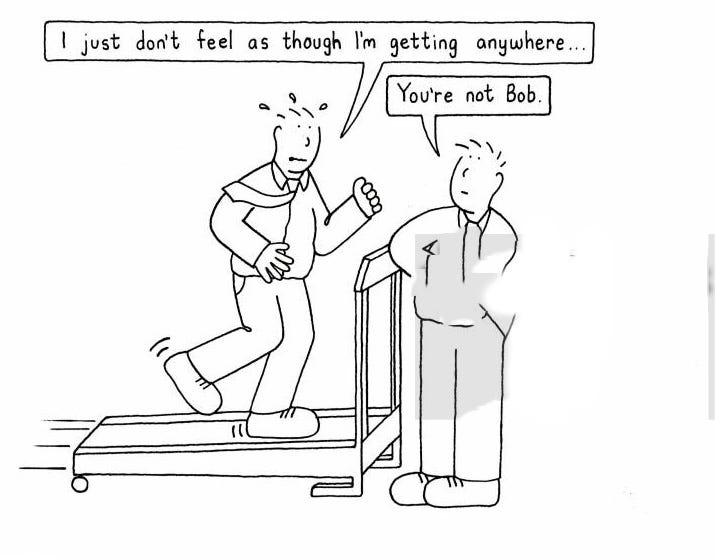Do you feel like you might be stuck in a training rut? Yes, its possible, we have all been there, but other options are also likely. Let’s have a look today at how athletes make gains
Exponential Gains
There is a common misconception in training, across all sports that improvement looks like this:
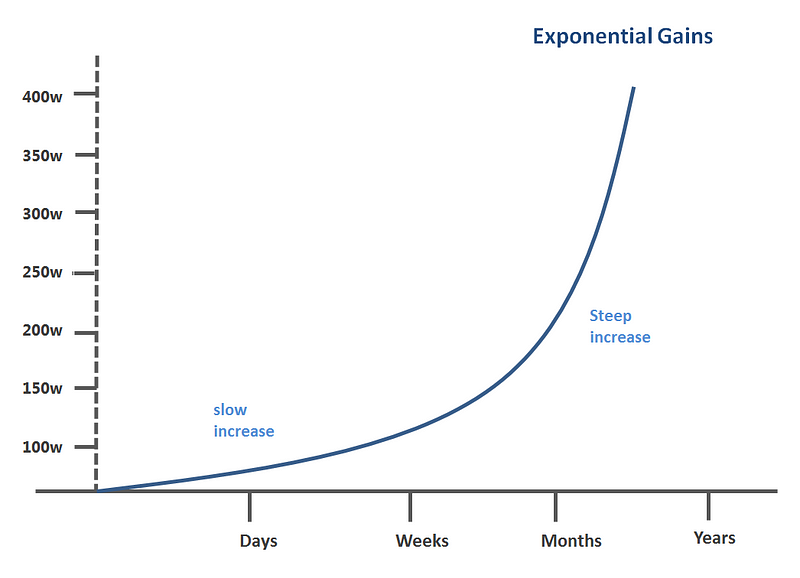
We all want these kind of gains!
These rapidly increasing exponential gains are actually real, but only in very special situations…..they occur in
New activity with a steep learning curve
Young athletes (or athletes new to a sport)
Activities where you get a lot of positive reinforcement (like team sports)
So if such gains as not common, let’s look at the second misconception, namely that gains are linear
Linear Gains
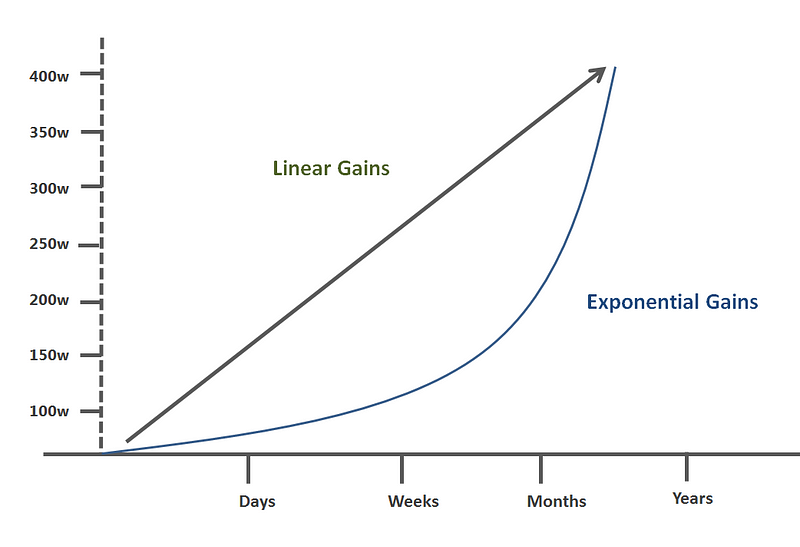
Linear gains are also very rare, and usually they are an approximation of reality. Yes, gains follow may follow a broadly linear growth path for a while, but this is always temporary (sadly). You will notice, however that linear gains actually start stronger than exponential gains (which later catch up an overtake). Linear gains are more likely when:
There is established activity with a steady learning curve
Athletes in the early part of their career in the sport
Activities where you get constant feedback
So if exponential gains, and linear gains are not common what is common?
Sigmoid (S-Shaped) Gains
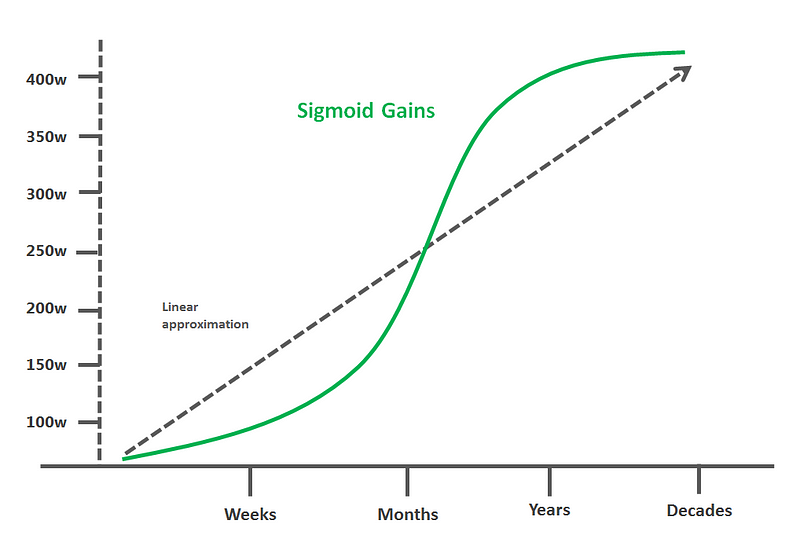
Sigmoid gains are more realistic, and much closer to reality over a longer period of time. You will notice sigmoid gains, actually do look like linear gains from a distance because the start and end points might be the same. Further sigmoid gains incorporate early phase exponential gains. But the problem with S-shaped gains is what happens in the second half, ie a decay or plateau in performance
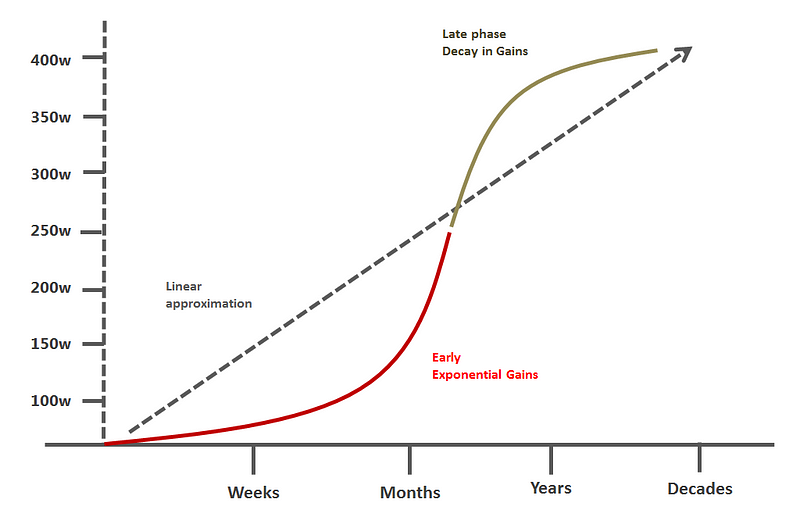
Sigmoid gains are more likely when:
There is a long standing activity over a long period
Athletes in the middle or later part of their career in the sport
Activities where you are self-coached or self-monitored
Realistic Gains
Even this pattern is not entirely consistent with training progress reality. A more honest graph would look more like this:
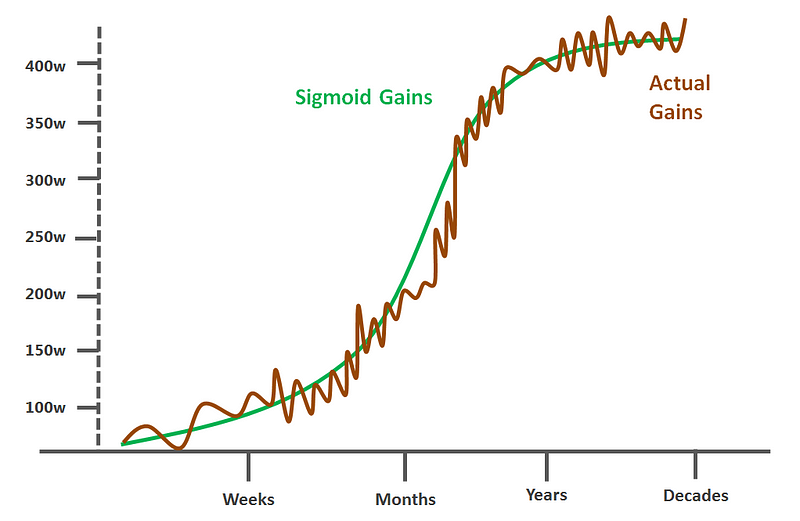
What we see here is that close up the big sigmoid curve is made up of many smaller peaks and troughs which are themselves smaller -shaped curves. This pattern continues and continues even close up…..forming a “fractal”
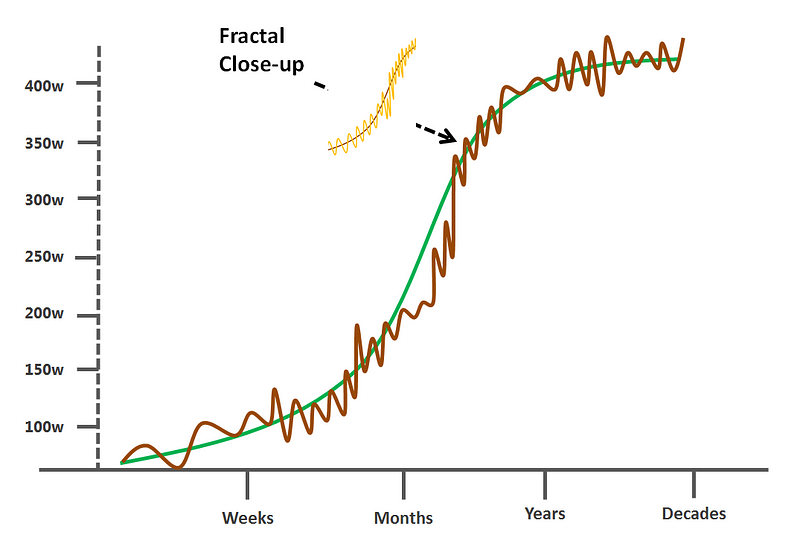
Notice that after a period of sharp gains, comes an important period of consolidation when gains are generally cemented, hard wired in. Further after a period of stability there is often a break-out when performance exceeds all expectation. This has the effect of resetting the mental clock of “what is possible”.
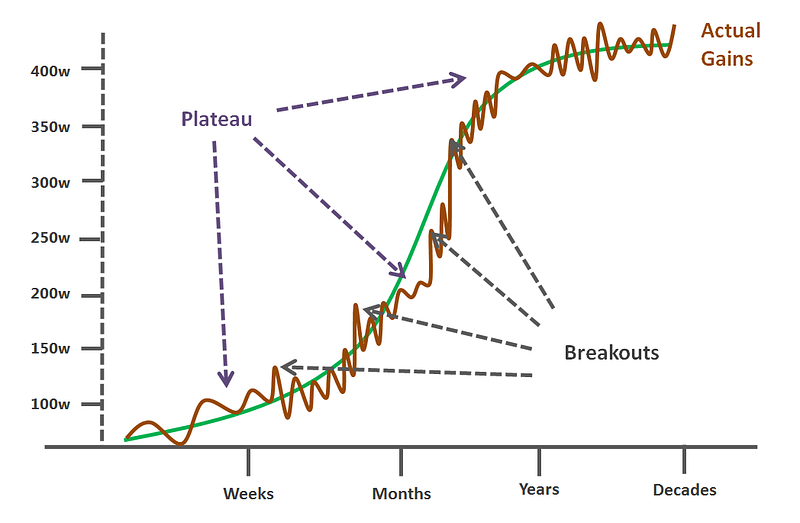
Plateaus vs Breakouts
This chart shows a valuable lesson that most plateaus are *normal* and *temporary*. When you feel like you have stalled, most often you haven’t permemnetly stalled, you are in a temporary plateau phase before the next break out. Yes, you might be down (eg in terms of watts) vs a recent PR/PB but it is not likely you are genuinely stuck in a training rut (see below).
Actually you can boost your chances of a breakout, by training smart and doing the following things:
Take a period of consolidation seriously for at least 2–6 weeks
Consolidate a broad base (eg sprints & endurance, not just sweetspot)
Emphasis rest and nutrition as much as hard training
Ride easy, mixed and hard rides, not just HIT
Do something different! train differently for a while
Focus on small wins, not just big wins
Swap short term targets on a daily or weekly basis (ie don’t go after just one goal weekly after week, mix in other mini-goals)
Stuck in a Genuine Rut!
But let’s say you are genuinely struggling, stuck in a real rut. A troubling rut (ie a serious training setback) has happened to everyone I promise you, but how do you spot it? A real rut is more likely than a temporary “normal” plateau if you have any of these warning signs….
Your performance is deteriorating for more than a week (or 5 back to back sessions)
Your training schedule is interrupted for more than two weeks for an unpredictable uncontrollable reason
Your motivation is shot, and you cannot face training
Short term rest, isn’t helping you feel fresh
Getting out of a Rut!
But let’s say you are genuinely struggling, stuck in a real rut. A troubling rut (ie a serious period of deconditioning)…ask what is holding you back?
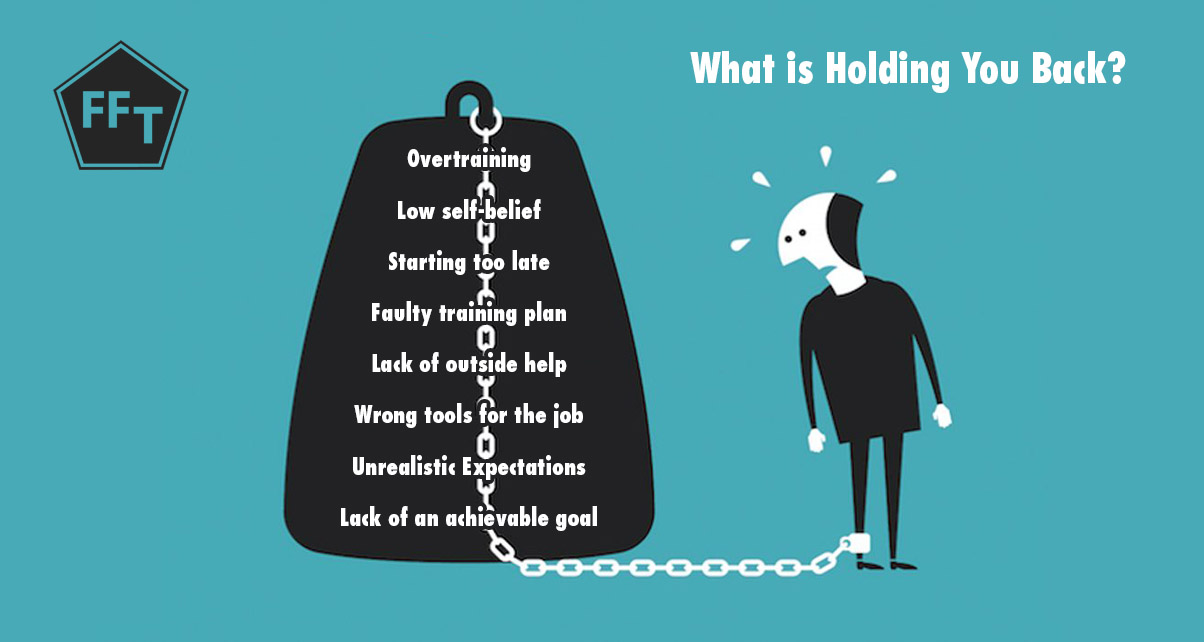
Any of these factors might be the cause or there might be multiple causes. Quite often circumstance seem to conspire together to derail your training…..your job is to try and spot these early before they get out of control.
So if you stuck in a rut, what can you do to get back on track, here are out tips for a five week plan to get back on track
- Week One. Take a proper break of 7days when you sleep and relax properly. Don’t worry about an additional decline (you are already stuck aren’t you?). During this 7 days, do two or three fun session…eg ride with family, go sightseeing on the bike. It all about being rested and getting you motivation back this week.
- Week Two. Start afresh with new simplified routine focussing on the essentials: getting your routine back. Train for a week at low or mixed intensity without metrics, yes no power meter or heart rate, simply establish a routine again and take 2 days off (5on 2off)
- Week Three. After week two initial training, train a second week 85 (easy seiler z1):10 (moderate seiler: z2):5 (hard z1) with metrics but without any thought of PR PB or KoM (again 5on 2off)
- Week Four repeat the second week, but this time, take three days off (4 on 2 off)instead of two days. On one of these days off, go for a fun ride (as week one).
- Week Five. Train 80 (easy seiler z1):15 (moderate seiler: z2):5 (hard z1) with metrics but without any thought of PR PB or KoM (again 5on 2off)
- Have three days off, or ride for fun……then after this restart normal training, normally one step down from where you last left off!
Summary
Gains are not linear or even exponential but more like s-shaped
A plateau after a period of gains is normal
Plan to consolidate gain *before* expecting more gains
No one maintains linear or exponential gains for long!
“breakouts” are what gets you out of a temporary plateau
Look for warning signs of being in a rut
Don’t be afraid to ask us for help, getting back on track, as a coach, that is what I am here for.
